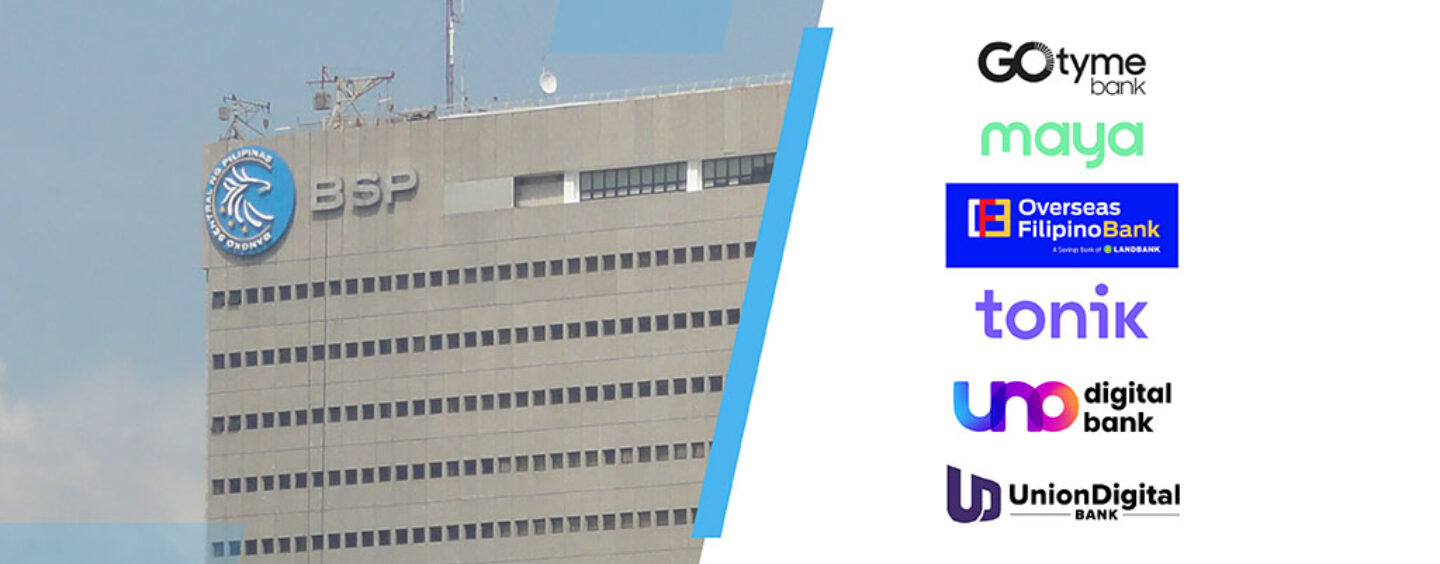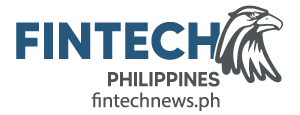
Digital Banks Engage with BSP to Drive Growth and Foster Open Banking
by Fintech News Philippines January 30, 2024Digital banks are currently reaching out to the Bangko Sentral ng Pilipinas (BSP), the Philippines’ central bank, in an effort to create collaborative relationships and develop an open banking environment. The purpose of this engagement is to increase borrower engagement and bolster awareness of the functioning of digital banks specifically, with the BSP involvement focused on enhancing access to financial services for the unbanked and underserved communities, a significant step towards achieving broader financial inclusion in the country.
This initiative seeks to simplify the provision of various financial services, encompassing payments, remittances, and banking, irrespective of geographical constraints. The recent 2024 Annual Reception for the Banking Community in Manila brought this issue into the spotlight, with BSP Deputy Governor Chuchi Fonacier highlighting the intent of these banks to partner with the BSP.
As reported by The Daily Tribune, Deputy Governor Fonacier stated,
“They want to enter a partnership with the BSP to make the public aware of their specific bank category.”
At present, the Philippines is home to six dedicated digital banks: GoTyme, Maya Bank, Overseas Filipino Bank, Tonik Bank, UNO Digital Bank, and UnionDigital Bank. These entities are engaged in ongoing dialogues with the BSP and the Digital Bankers Association, with a focus on identifying effective strategies to fulfil their collective aims.
A key aspect under consideration by the BSP is the introduction of a literacy programme on digital banking, similar to the existing FinEd Programme on financial inclusion. This proposed programme, as envisaged by Deputy Governor Fonacier, would be conducted on an industry-wide basis, rather than individually by each bank, and potentially involve various events across different locations.
The existing FinEd Programme, which includes learning sessions and audio-visual materials, has reached a wide array of demographics, including overseas Filipino workers, military personnel, students, and teachers. This programme has been supported by contributions from both universal and commercial banks.
According to a report by McKinsey & Company, the market value of Philippine digital banks has grown to US$3 billion between January 2021 and January 2023, driven largely by deposits and e-payments. However, the report also notes slower growth in lending, attributed to the relatively recent commencement of operations for many of these banks. Further insights are expected from an upcoming BSP report on digital banks, according to the Deputy Governor.

Chuchi G. Fonacier
Deputy Governor Fonacier also commented on the challenges in the lending domain, emphasising the importance of a robust credit scoring system for clients and thorough market analysis by the digital banks. Indicating a cautiously optimistic outlook for the sector, she mentioned,
“Some of them have started to gain traction, and some will be posting their loan income targets for 2024. Lending is difficult because clients should have a perfect credit score. Digital banks are also still studying their target market carefully.”
Featured image credit: Edited from Wikipedia








